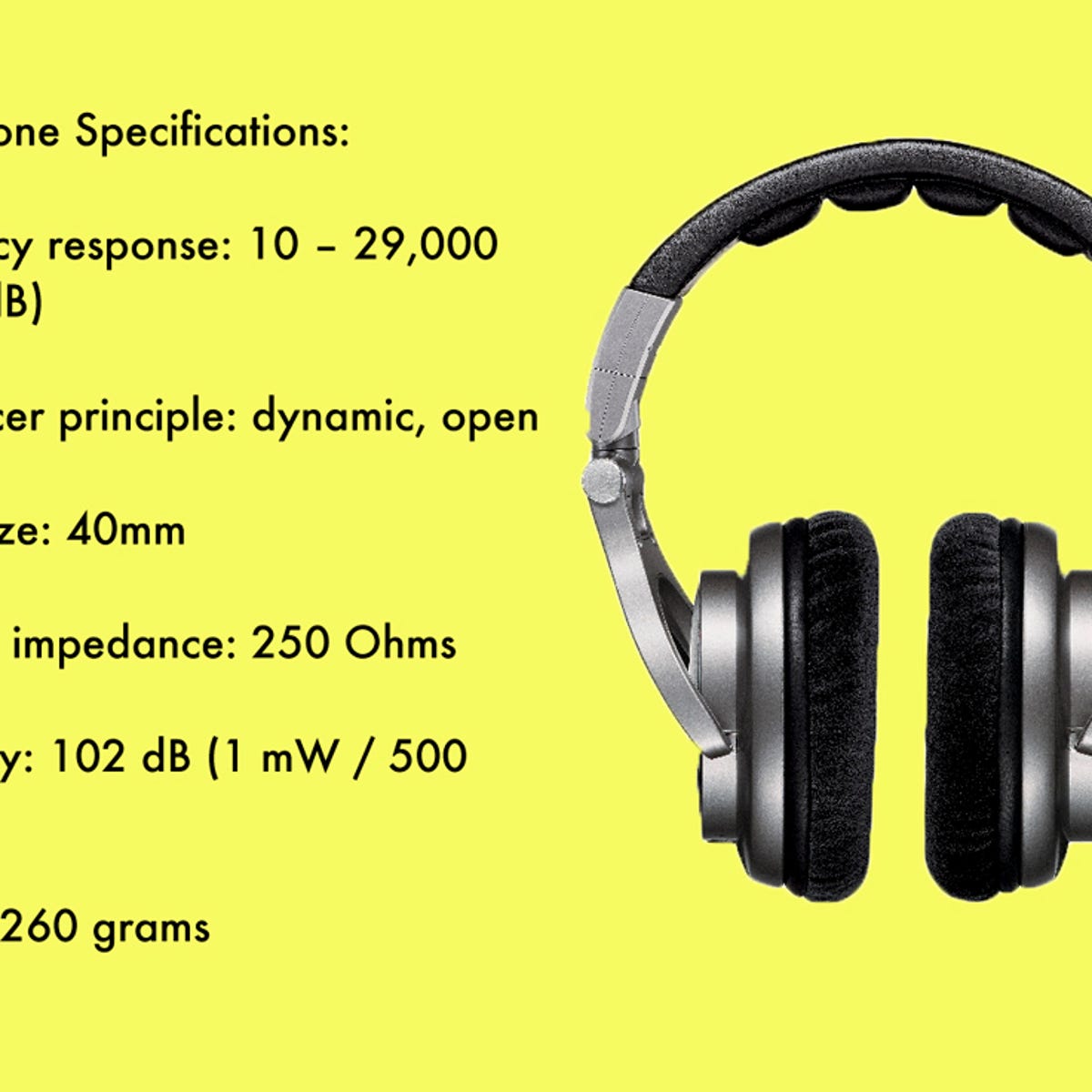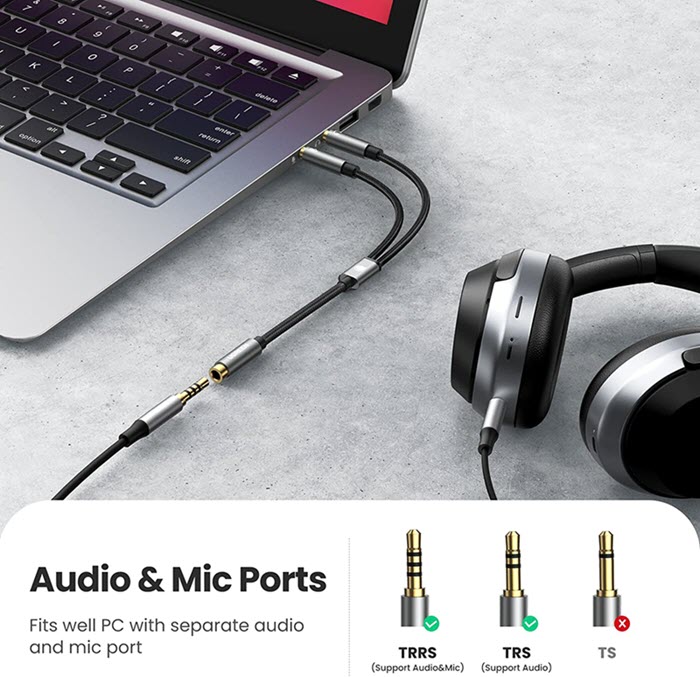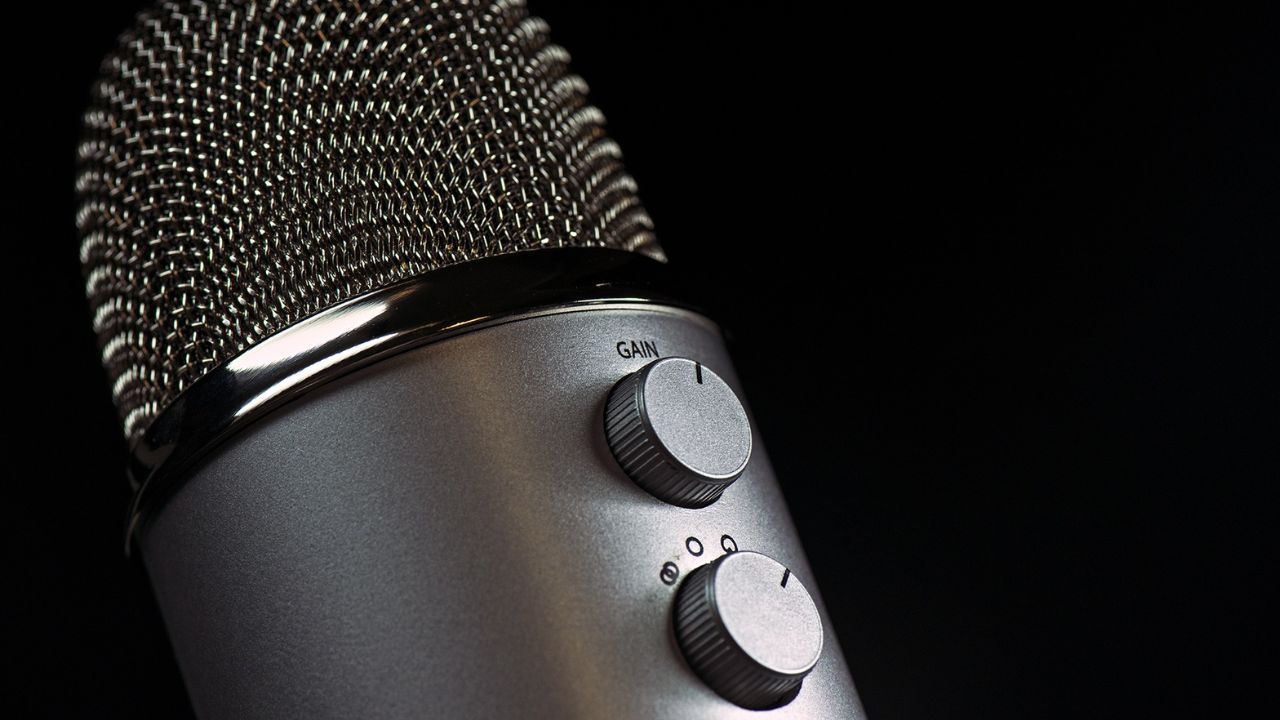Understanding Photography Storage: What is a Tf Card for Camera?
Introduction
In the digital photography world, storage devices such as TF cards play an essential role. With the vast amount of data produced by high-resolution photographs and videos, efficient and reliable storage options are crucial. In this article, we will explain what a TF card is for a camera, how it works, and how it compares to an SD card. We will also delve into the benefits of using a TF card and provide some invaluable tips on maximizing its usage.
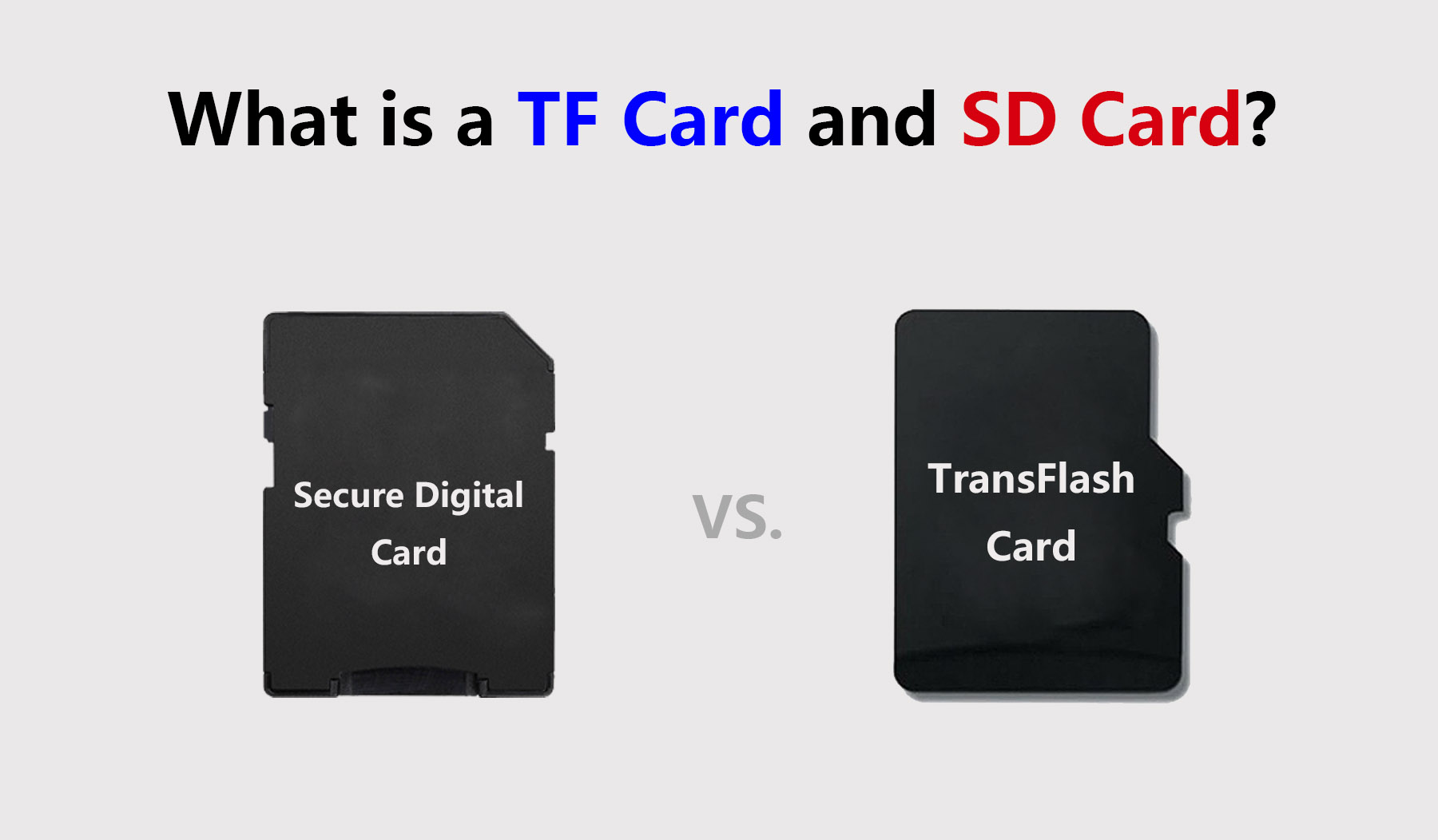
What is a TF Card for Camera?
A TF (TransFlash) Card, more commonly known as a microSD card, is a compact storage device primarily used in diverse digital equipment, including cameras. Tailored to cater for the storage needs of high-resolution images and videos, it efficiently competes with the standard SD card in function and capacity. Here's what you need to know about TF cards:
- Size: The size of a TF card is notably smaller than a traditional SD card. This compact feature makes it perfect for portable devices and cameras.
- Capacity & Speed: Its small size doesn't compromise its prowess in storing data. A TF card offers remarkable storage capacities and swift data reading and writing speeds, a key criterion for capturing and storing high-resolution photos and videos.
- Function: A TF card's inherent capabilities are designed to encode, store, and retrieve digital data, proving it to be a vital tool in digital photography.
In sum, the TF card, despite its small size, serves as a powerful and efficient storage component for digital cameras.
How Does a TF Card Work with a Camera?
Contrary to general perception, the operation of a TF card within a camera isn't an overly complicated process. Observing the steps and elements that come into play gives one a precise grasp of the actions. Let's dissect how a TF card works when inserted into a camera.
- Step 1 - Capturing the Image: The first action the camera performs when you press its shutter button is to capture an image. In this process, an intricate sensor within the camera captures the light, translating it into a digital copy of the image.
- Step 2 - Saving the Image: After the capture, your camera creates a digital copy or file of the image. This digital rendition is then stored on the TF card. This process is facilitated by the TF card's integrated circuit, which helps encode, store, and retrieve the image file proficiently.
- Step 3 - Inserting the TF Card: This step is relatively straightforward. You gently slot the TF card into the designated slot in your camera. A wide variety of cameras on the market have built-in systems that automatically recognize the card, swiftly readying it for data writing.
- Step 4 - Retrieval of Image: With the image successfully stored on the TF card, you can now retrieve and view the image on various devices. The camera itself can display the image, or you can view it on a computer or smartphone, devices that can read the data on the card. The advantage of such broad compatibility is that it also supports modification (editing) or deletion of the images as required.
Understanding how a TF card works with a camera gives users a better idea of the extent of processes, thus appreciating the incredible technology within our grasp.
TF Card vs. SD Card: What’s the Difference?
When searching for a memory card for your camera or any other device, you'll likely encounter TF cards and SD cards. Both are popular and widely used but have notable differences.
Size
A fundamental difference is the physical size. TF Cards, also known as microSD cards, are much smaller than SD cards. This compact size makes them more suitable for smaller devices such as mobile phones.
- TF Card: Typically measures 15mm x 11mm x 1mm
- SD Card: Generally ranges around 32mm x 24mm x 2.1mm
Security Features
SD cards and TF cards also vary in terms of security measures.
- TF Card: Doesn't include an inbuilt security function; therefore, it lacks copyright protection. This makes it less attractive for professionals whose work requires protection.
- SD Card: Comes equipped with an inbuilt security function for copyrighted protection. This makes it favorable among those concerned about intellectual property rights.
Compatibility
Both types of cards are compatible with a variety of devices, but their size factors heavily into where they're used most frequently.
- TF Card: More common in smaller devices like mobile phones and action cameras where space is at a premium.
- SD Card: Primarily found in larger devices such as DSLRs, laptops, and gaming consoles.
Performance
Both offer almost the same speeds and storage capacities, depending on the specific model of the card.
- TF Card: Storage ranges from 128MB to 2TB, with read/write speeds varying according to class rating.
- SD Card: Offers similar storage capacities and read/write speeds, aligning with class rating.
In conclusion, the card you choose mainly depends on your device's compatibility and your specific requirements, such as size, performance, and security features. Both TF and SD cards have their respective pros and cons, so weigh your options carefully before making a decision.
Why Choose a TF Card for Your Camera?
Opting for a TF card for your digital camera can offer photographers a multitude of advantages:
1. Compact and Portable: Weighing just about half a gram and about the size of a fingernail, TF cards are highly compact and portable. They are incredibly convenient to handle, making swapping and storing them an easy task.
2. Expansive Storage Capacity: Don't be fooled by their size; these tiny memory cards pack a punch where it counts. TF cards offer storage capacities ranging from as low as 128MB up to a whopping 2TB. This allows photographers to store thousands of high-resolution photos and videos without worrying about running out of space.
3. Durability: TF cards are designed to withstand extreme conditions. They can resist shock, water, and even harsh temperatures. So, whether you're shooting in the blazing sun or a downpour, your TF card is tough enough to take it.
4. High-Speed Data Transfer: TF cards come with high-speed performance. They guarantee quick data writing and reading, ensuring smooth and uninterrupted shooting. Not only that, but the fast data transfer also means less waiting time when transferring your files.
5. Compatibility: The versatility of TF cards is one of their most significant benefits. They are compatible with an array of devices, including smartphones, computers, and, of course, digital cameras. This makes the process of uploading, editing, and sharing your captured images a breeze.
A TF card, and its numerous capabilities, stands as a valuable tool in the arsenal of both professional and amateur photographers alike. It's compact, offers expansive storage space, exhibits exceptional durability, ensures high-speed data transfer, and provides broad compatibility with numerous devices. These features combined make a TF card an advantageous choice for your digital camera storage requirements.
Essential Tips for Maximizing Your TF Card Usage in Photography
Effectively using a TF card in your photography routines can enhance your overall experience. Here are some vital tips for getting the most from your TF card:
• Proper Formatting: Prior to using your TF card in a camera, ensure to format it in the exact device. This step helps to boost its performance and enhance compatibility.
• Storage Management: Keep a keen eye on the storage capacity of your card. Regularly moving your data to a safer storage medium prevents data loss due to card capacity max out.
• High-Speed and Ample Capacity: If your photography routine involves shooting in high definition or Raw image formats, consider investing in a TF card offering fast data writing and reading speeds complemented with a large storage capacity.
• Card Maintenance: Safeguard your TF card from harmful elements like dirt, dust, and water. Clean handling and proper storage not only extend the lifespan of your card but also prevent data loss.
• Data Recovery Utilization: In case of accidental deletion of essential data, you should use brand-specific software or reliable data recovery tools for data retrieval.
These insights should help optimize your TF Card usage, ensuring you have an efficient and reliable data storage solution for all your photography needs. By following these guidelines, you’ll ensure you’re using your TF card to its full potential, safeguarding and maximizing your precious photography data in the process.
Conclusion
In summary, a TF card is an essential tool for digital photography, offering high storage capacity, durability, and compatibility. Although it differs from an SD card in terms of size and security features, this compact memory card is an excellent option for those who require substantial storage that is convenient to carry around. Be sure to apply the tips mentioned to maximize your TF card usage effectively.
Frequently Asked Questions
Related FAQs about what is a tf card for camera
What are the benefits of a TF card over other storage options?
TF cards offer various benefits. They are compact and lightweight, making them highly portable. Despite their size, they provide expansive storage capacities up to 2TB. TF cards are also robust and durable, designed to withstand extreme conditions such as shock, water, and temperature variations. Moreover, they ensure quick data reading and writing speeds for efficient workflow.
How can I make the best use of a TF card in my camera?
Optimal usage of a TF card involves proper formatting in the device it will be used, regularly checking and managing storage to prevent maxing out, choosing a high-speed and high capacity card for high-resolution photography, maintaining it clean from harmful elements, and employing data recovery tools for accidental data loss.
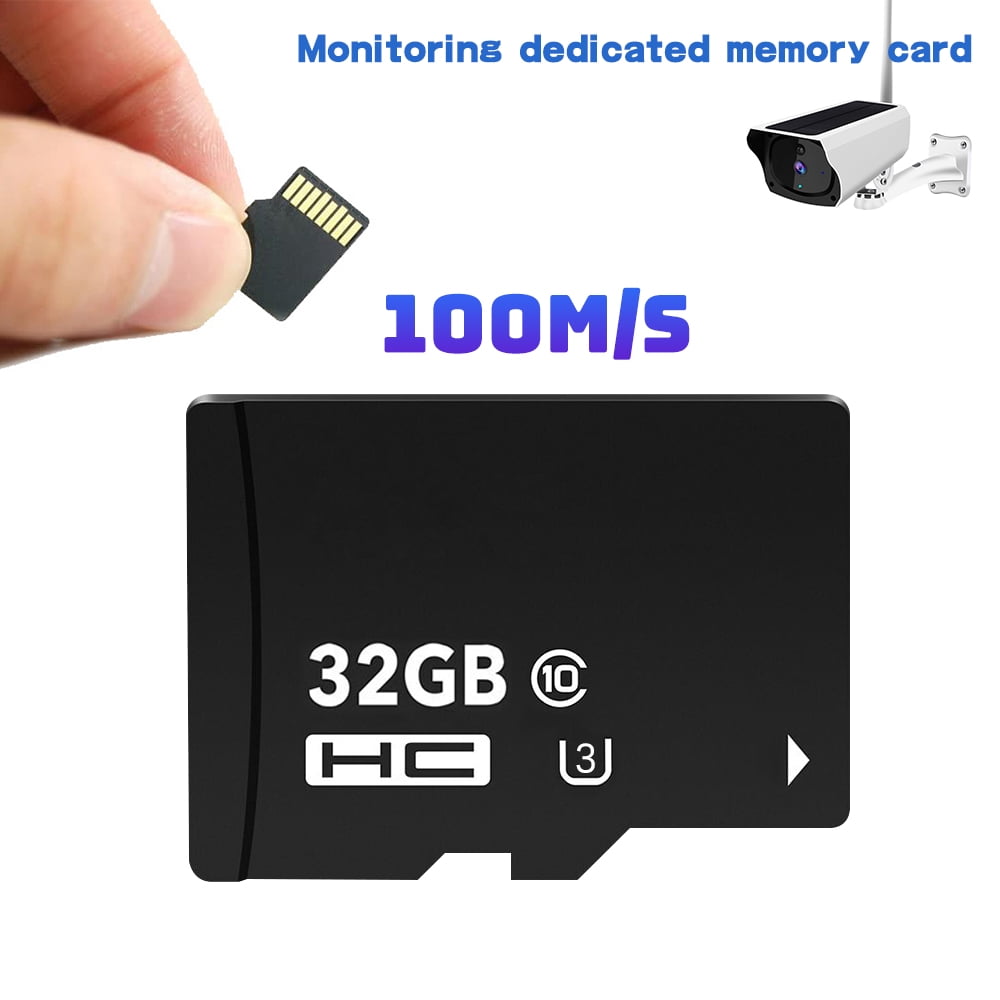
What factors should I consider before purchasing a TF card for my camera?
Before purchasing a TF card, consider your camera's compatibility, the card's storage capacity according to your shooting routine, and data reading and writing speeds. If your work needs to be protected, know that TF cards don't typically include a built-in security feature. Lastly, ensure that the card is durable and capable of withstanding various conditions.


